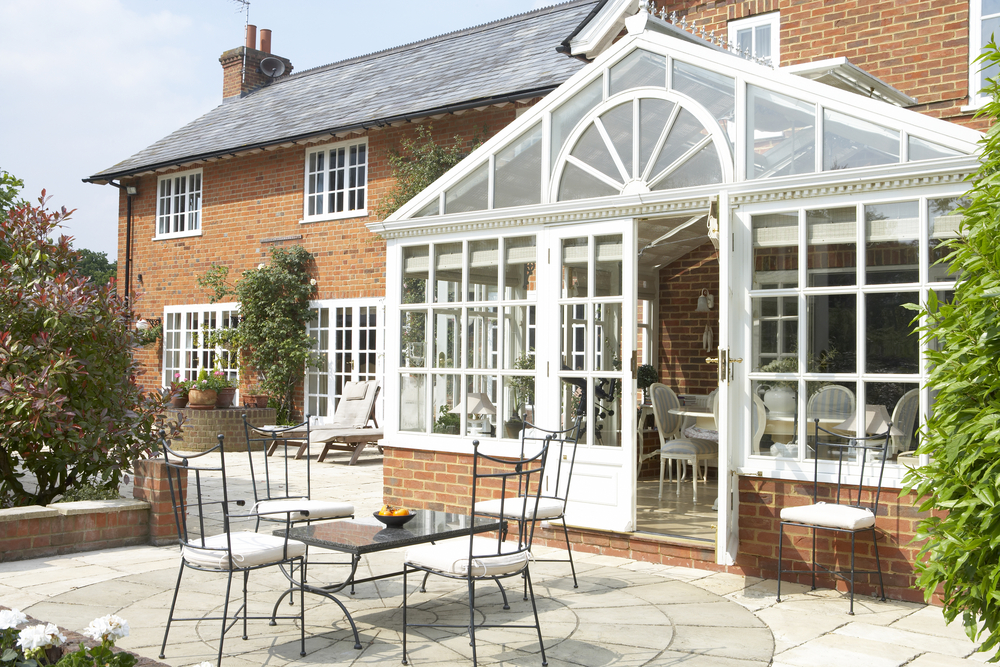
Types of conservatories and how to clean them
21st October 2020
Victorian Conservatory
These types of conservatories have a ridged roof that connects to multi-faceted walls. Victorian conservatories have, in turn, a pleasantly round classic appearance.
Edwardian Conservatory
This has a ridged roof with a rectangular base attached to it so that enough amount of space exists than the Victorian style while still having the classical feel.
Edwardian Gable Conservatory
Designed with ridged roofs that meets the gabled end, this type of conservatory has neat and clean cuts, making them perfect for a modern home with a touch of antiquity.
Orangery Conservatory
The classic orangery conservatories have parapet walls and corner walls concrete in construction. The designs are traditional but with enough space to use it for modern home purposes.
Lean-to Conservatory
Sometimes known as the sunroom or a Mediterranean room, this type is minimalistic and straightforward. The roof is single-sloped, with longer walls attached to the house. Lean-to conservatories also have the advantage of using up the corner spaces of a home well.
P, L, T and U shaped conservatories
Conservatories of these types are as the name suggests. You can build them as any of those shapes. And, also allows for any home to be attached to it.
How to clean conservatories
Now that you are familiar with some of the common types of conservatories, it is easy to see that conservatories’ central parts are their glass roofs and wall panels. And cleaning these roofs and panels can be done in many ways.
Whatever the options may be, the important thing is to get the dirt off the roof so that the natural light is more appreciated.
Right, here are some cleaning steps that you can use for your St Helens Conservatory Cleaning!
Get your tools
Get an extendable handle brush and sponge that can reach to the roofs on all ends without much straining of your hands or legs.
Look for soaps specially made for cleaning dirt and dust off from a conservatory’s glass roof and panel.
Buy mold, algae, and moss removing solution.
Cleaning outside the conservatory
An ample amount of water and soap is needed to clean off the dirt for the roof’s outsides. It is better to start your cleaning from one side and then work methodically to the other side to make sure you get all the ground off properly.
After cleaning it thoroughly with soap and water, you may want to add the mold solution to prevent any re-growth of molds, algae, and moss on the roof.
Cleaning inside the conservatory
Cleaning only the outsides is not enough if there’s going to be dirt all over the insides. So, get a sturdy ladder first. Second, fill a bucket with warm soapy water. Remember to contain the water more while cleaning the insides as it is a tiring business when water goes everywhere.
Now, using the sponge, wring it out once you’ve dipped in the soapy water. Then wipe it over the surfaces of the roof. If there is any excess of water still left on the panel walls, use a squeegee to get it off.
Cleaning a polycarbonate roof
Glass conservatories are popular, but there are those made with the polycarbonate type in the market. The basic cleaning methods are the same as traditional glass; however, you may want to be a bit more careful with polycarbonate panels or walls.
Although polycarbonate types are much more rigid and resistant than glass ones, you may want to use a sponge or cloth to clean the panels instead of the brush. You could also use a soft brush; it’s just that you need to avoid scratching the board and roof surfaces. You might need to change the cleaning water a little more often than when cleaning glass conservatories. It helps to prevent the streaks of dirt when cleaning polycarbonate surfaces.


